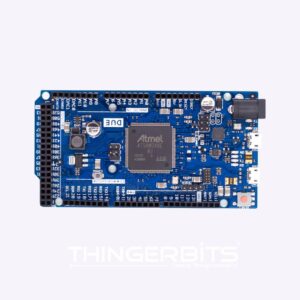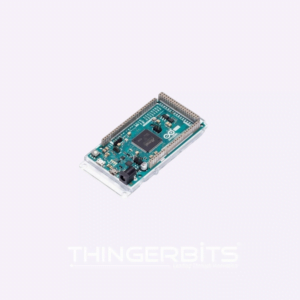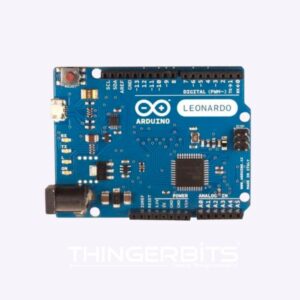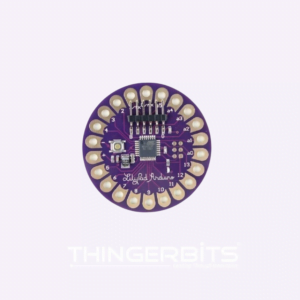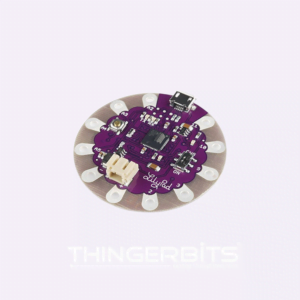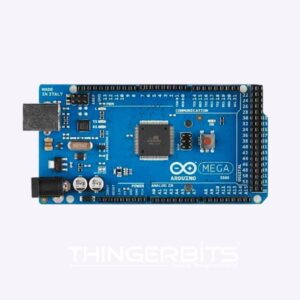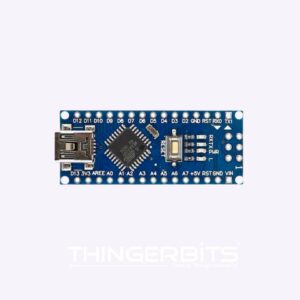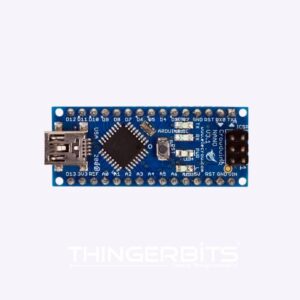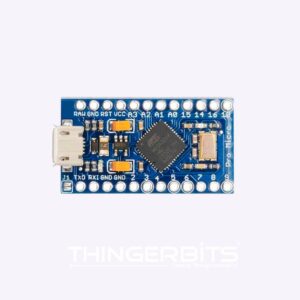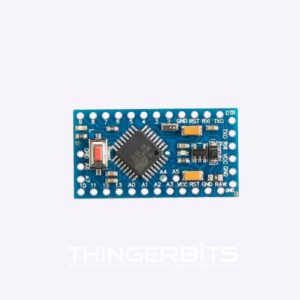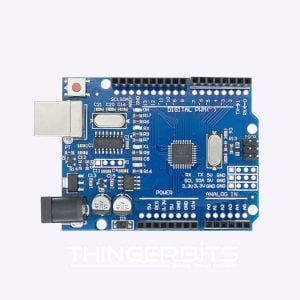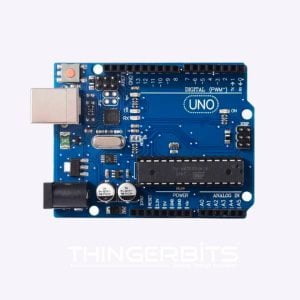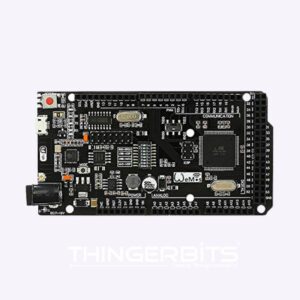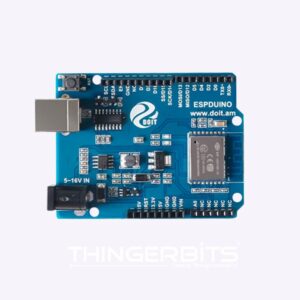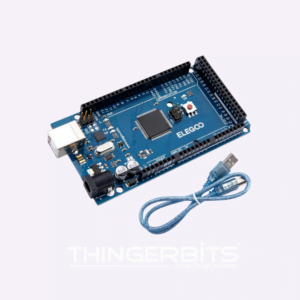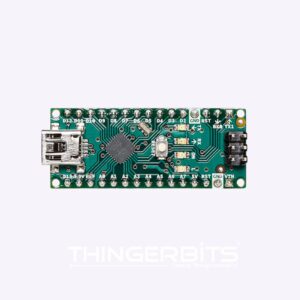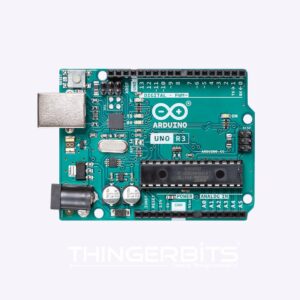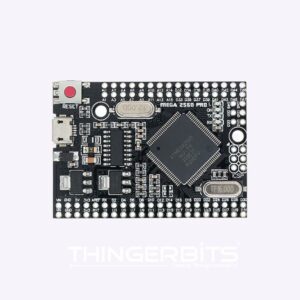 Arduino is an open-source platform that is used to build electronics projects. It consists of both a physical circuit board and a piece of software, or IDE, that runs on your computer. Arduino can be used to write code for the circuit board and then upload it.
Arduino is an open-source platform that is used to build electronics projects. It consists of both a physical circuit board and a piece of software, or IDE, that runs on your computer. Arduino can be used to write code for the circuit board and then upload it.
Arduino
Arduino
Arduino
Arduino
Arduino
Arduino
Arduino
Arduino
Arduino
Arduino is basically an open source electronics archetype platform for electronics engineers, hobbyist, designers or anyone interested in creating interactive electronics projects. It is a flexible platform and based on an easy to use software and hardware systems. Arduino comprises of a microcontroller and a software or Integrated Development Environment (IDE) that runs on laptops or computers, used for writing and uploading computer codes or programs to the physical board.
The Arduino boards are able to read inputs – light, proximity or air quality on a sensor, or an SMS or Twitter message – and turn it into an output – activating a motor, turning on a light, publishing content online or trigger external events. You can tell your board what to do by writing code and uploading it to the microcontroller on it using the Arduino programming language (based on Wiring), and the Arduino Software (IDE), based on Processing.
Over the years Arduino has powered thousands of projects. Arduino has gathered around a community where beginners and experts from around the world share ideas, knowledge and their collective experience. There are thousands of makers, students, artists, designers, programmers, researchers, professionals and hobbyists worldwide who use Arduino for learning, prototyping, and finished professional work production.
Arduino was born at the Interaction Design Institute Ivrea IDII from the Wiring project as an easy tool for fast prototyping, aimed at students without a background in electronics and programming. The main objective of both projects is to make the process of working with technology and electronics easier. The Arduino board has evolved to adapt to new needs ranging from simple 8-bit boards to products ready for IoT applications. All Arduino boards are completely open-source, empowering users to build them independently and eventually adapt them to their particular needs. The software is open-source, and it is growing through the contributions of developers and the Arduino community worldwide.
There have been many similar projects, but none of them succeeded as well as Arduino has, due to how easy it is to use the software, and the affordability of the hardware. The Arduino software is easy-to-use for beginners, yet flexible enough for advanced users needs. It runs on Mac, Windows, and Linux.
Why choose Arduino?
Today there are many different types of microcontrollers are available in the market. So why choose Arduino? It’s an important question… Some points for Why choose Arduino are given below.
-
- Unlike other programmable circuit boards or microcontroller board, Arduino doesn’t require a separate hardware or programmer parts to load a code on to the board, instead of these you just need a USB cable.
- Furthermore, the Arduino IDE utilizes a simplified sort of C++, so you can easily learn the programming sections.
- Arduino supports a standard form factor.
- Working with Arduino does not require any previous experience.
- For amateurs, Arduino offers a wonderful platform for their projects ideas.
- Inexpensive compared to similar boards.
- Simplicity of ardunio compared to others.
- It is an open source platform. So any one can modify and build your own Arduino board.
- Arduino is based on Atmel’s ATMEGA168 and ATMEGA8 microcontrollers.
- Experts can easily make improvements and extensions on to the Arduino board.

